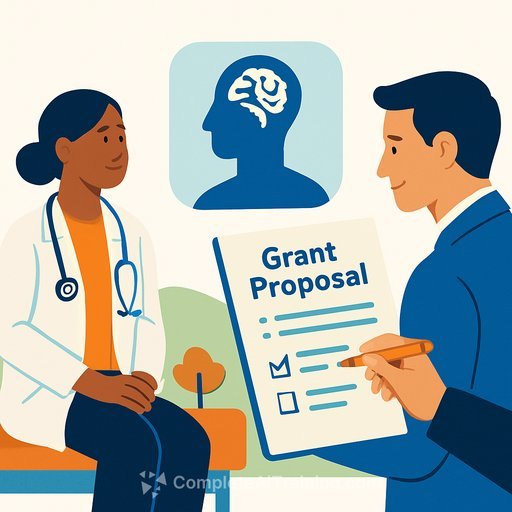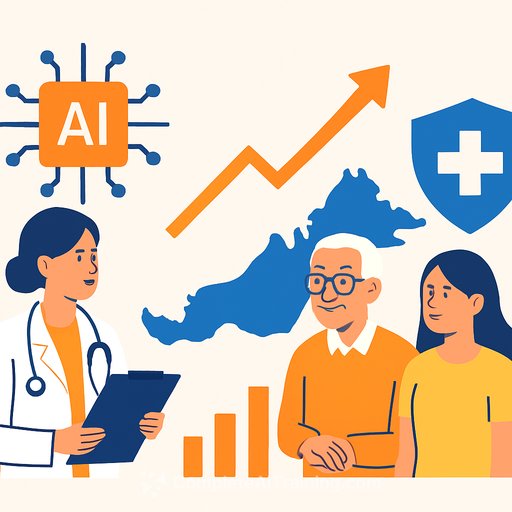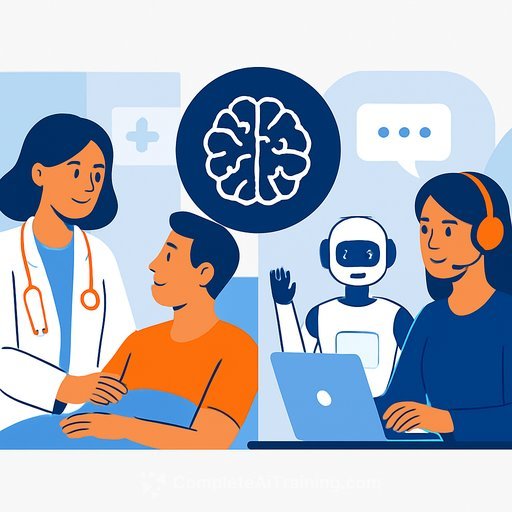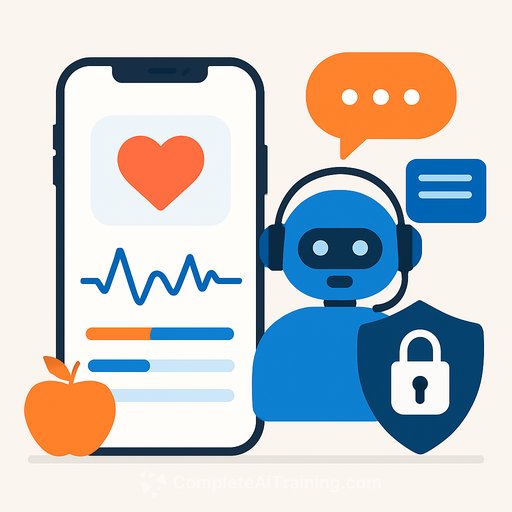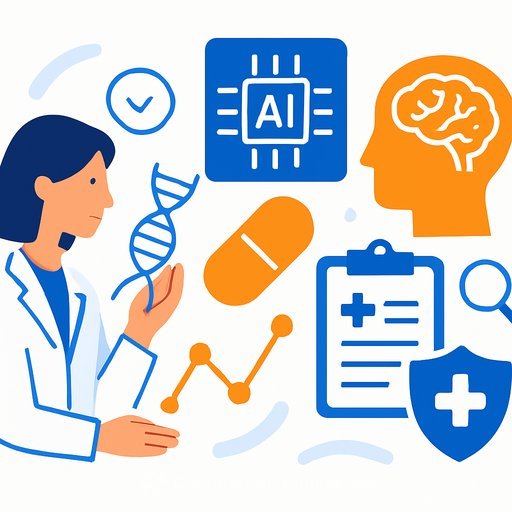Can AI Bridge India's Healthcare Gap?
India doesn't have enough doctors. Rural clinics feel it every day, and the gap won't close fast through training alone. The question has shifted: should India try to match Brazil's doctor density, or build a smarter mix of physicians plus AI?
The doctor math is slow
Training a physician takes years. Even with more medical colleges and higher intake, decades stand between today's reality and a Brazil-like ratio. Brain drain and urban clustering stretch that timeline further.
That doesn't mean stop training. It means the plan can't rely only on headcount. We need a second lever.
Why AI earns a real seat at the table
First attempts fell short. Early systems in the 1970s were too rigid. IBM's Watson raised expectations, then stumbled with risky recommendations in oncology. Medicine is unforgiving of error, and trust is hard to rebuild.
But the tools have changed. Modern models can digest huge datasets, spot patterns, and map symptoms to likely causes with strong accuracy. On some difficult diagnostic challenges, performance matches top clinicians. In parallel, studies show AI responses can read as more empathetic to patients than physician replies, at least in written interactions. See the JAMA study comparing doctor and chatbot responses: JAMA Internal Medicine (2023).
For rural India, this unlocks a practical path: use AI as first-line triage and routine care support, and route the complex cases to physicians.
Near-term use cases (next 3-5 years)
- Triage and symptom checks: Local-language apps and community kiosks that capture history, flag red flags, and guide next steps.
- Clinic workflow relief: Summaries of prior records, draft referrals, queue and follow-up management, and discharge instructions.
- Imaging and pathology pre-reads: Prioritize studies, highlight likely findings, and reduce turnaround in district hospitals.
- Guideline-based decision support: Advice grounded in standard protocols and essential medicines lists; antimicrobial stewardship prompts.
- Telemedicine augmentation: Structured notes, clinical checklists, and safety nets that trigger escalation.
- Population health: Pattern spotting for outbreaks and targeted outreach while keeping PHC teams in the loop.
The risks you have to manage
Bias. If models learn mostly from urban data, performance drops in rural settings. Hallucinations. Confident but wrong outputs erode trust fast. Privacy and security. Health data handling needs strict controls.
- Train and validate on Indian datasets, including rural cases and multiple languages.
- Set clear guardrails: high-risk symptoms auto-escalate; AI avoids final calls on acute, pediatric, or poly-morbidity scenarios.
- Use human-in-the-loop for decisions that affect diagnosis, prescriptions, and referrals.
- Log every AI suggestion, with reason codes, for audit and quality improvement.
- Keep connectivity fallbacks (offline capture, store-and-forward) and enforce data minimization.
- Run phased pilots with safety committees and external evaluation.
Cost pressure will push adoption, safety will pace it
The U.S. spends an enormous share of GDP on healthcare; India faces rising costs with a thin workforce. The pull toward AI is obvious, but one public failure could slow progress. For now, expect most deployments to start with admin relief and triage, then move stepwise into clinical support as evidence firms up.
Reference for doctor density comparisons: World Bank: Physicians per 1,000 people (India).
What automates first (and what won't, yet)
Work heavy on pattern recognition-radiology and pathology-will see deeper automation within a decade. General practice will move slower because context, uncertainty, and patient goals matter. In India, that still means meaningful relief: AI handles routine and documentation, while physicians focus on complexity and procedures.
Build a hybrid model, not a headcount race
A better path is clear: a smaller, highly skilled physician workforce paired with widely available AI tools. Focus human training on specialties and complex care. Let AI cover front door access, follow-ups, and the paperwork that burns hours.
To make that real, you need reliable connectivity for rural sites, secure data platforms, sensible regulation, and medical education that teaches clinicians to work with AI-not compete with it.
Implementation checklist for health leaders
- Pick 2-3 use cases with immediate value (triage, summaries, referral letters).
- Demand Indian validation data, safety metrics, and clear exclusion criteria from vendors.
- Launch controlled pilots in a few districts; track safety events, turnaround time, and patient satisfaction.
- Train clinicians and ASHA/ANM workers; publish simple escalation rules in every kiosk and OPD.
- Set up governance: bias monitoring, incident review, and model update approvals.
- Communicate with the community: what AI does, what it won't do, and how to get a human quickly.
What success looks like
- Faster triage and shorter queues in OPD.
- Higher appropriate referral rates with fewer missed red flags.
- Less clerical load per clinician, more patient-facing time.
- Stable or improved safety metrics across rural and urban sites.
- Lower cost per routine consult without slipping on quality.
Today's systems are the least capable they will ever be. With thoughtful deployment, India can expand access, protect safety, and give clinicians their time back.
Want structured upskilling for clinical teams evaluating AI tools? See AI training paths by job role: Complete AI Training.
Your membership also unlocks:

